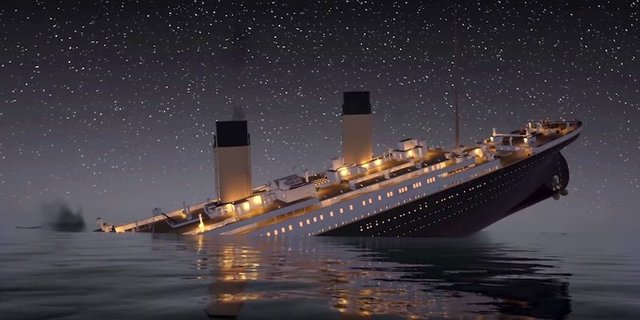In May 2018, the American company OceanGate will send an expedition to the site of the wreck of the legendary steamship Titanic. This is reported on the company's website.

For the first time since 2005, the researchers will go to a seven-week expedition to the site of the death of the transatlantic steamer Titanic. At the end of May 2018 a ship with specialists on board will leave the port of St. John's on the island of Newfoundland (Canada). The goal of the scientists is to compile a complete 3D model of the deceased ship, as well as to study the flora and fauna at the crash site.
This will reveal how the metal is destroyed in a deep water environment. The new data will explain what is happening to the many ships sunken during the Second World War. On their board there are still a lot of dangerous substances.
The researchers plan to use several deep-sea vehicles, including unmanned vehicles. On board the bathyscaphe will be installed multi-path sonar, as well as high-precision cameras, which will be used not only for photo and video, but also for photogrammetry of the remains of the Titanic. Photogrammetry allows you to create three-dimensional models of real objects from an array of photos.
Within seven weeks, scientists will study not only the bow and stern of the Titanic, but also explore the vast field of debris around. During the expedition numerous scientific data will be collected. This will take scientists for more than one year.

Recall that the British steamship Whit Star Line "Titanic" sank at a depth of more than 3.7 km at night 14 on April 15, 1912 in the northern Atlantic Ocean after a collision with the iceberg. Together with a giant ship in the cold water of the Atlantic killed more than a half thousand people. The main cause of death was the lack of spas. It was believed that the 269-meter steamer is unsinkable, so the boat needs him only symbolically.
James Cameron - the director of the film "Titanic" in conjunction with the National Geographic Channel told about the tragedy of "Titanic" in the documentary in 2012. Look at the CGI video showing the process of flooding the steamer.